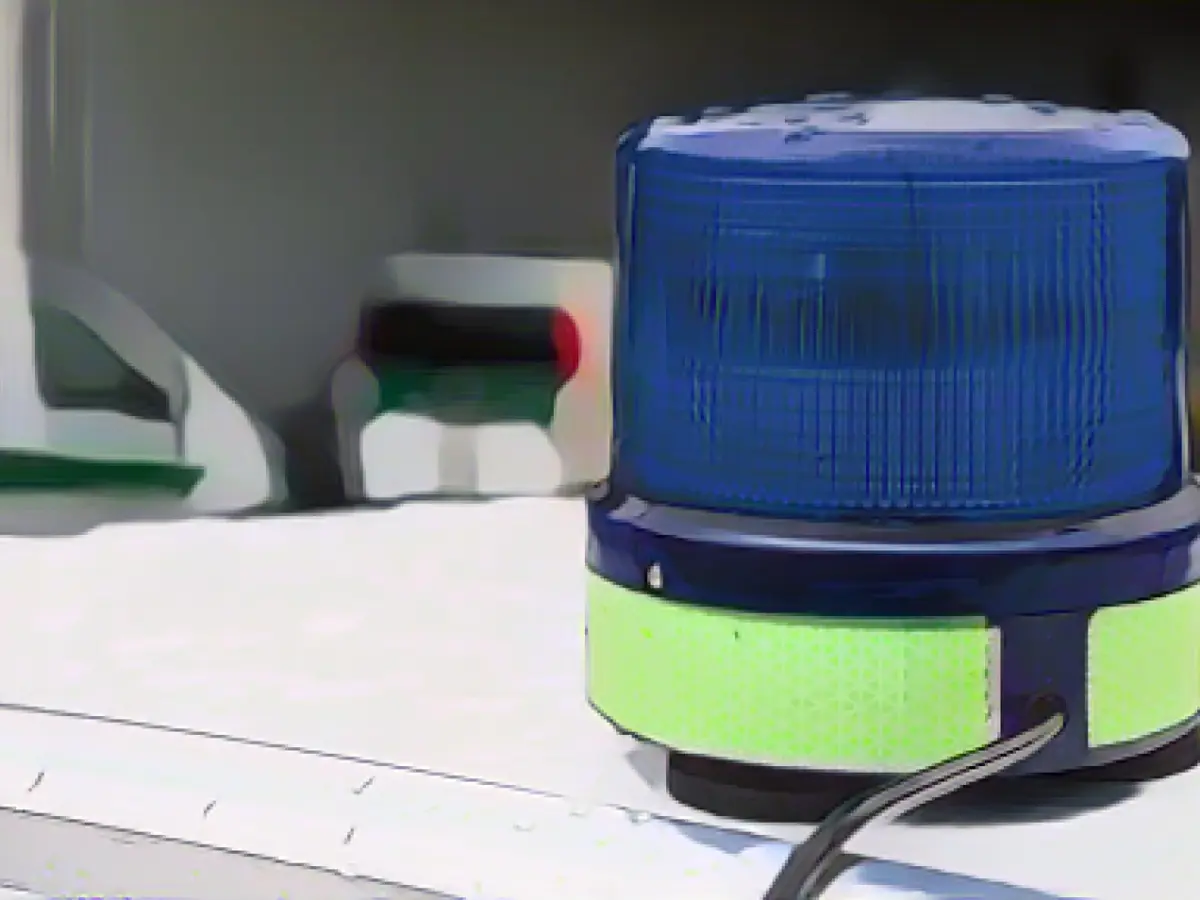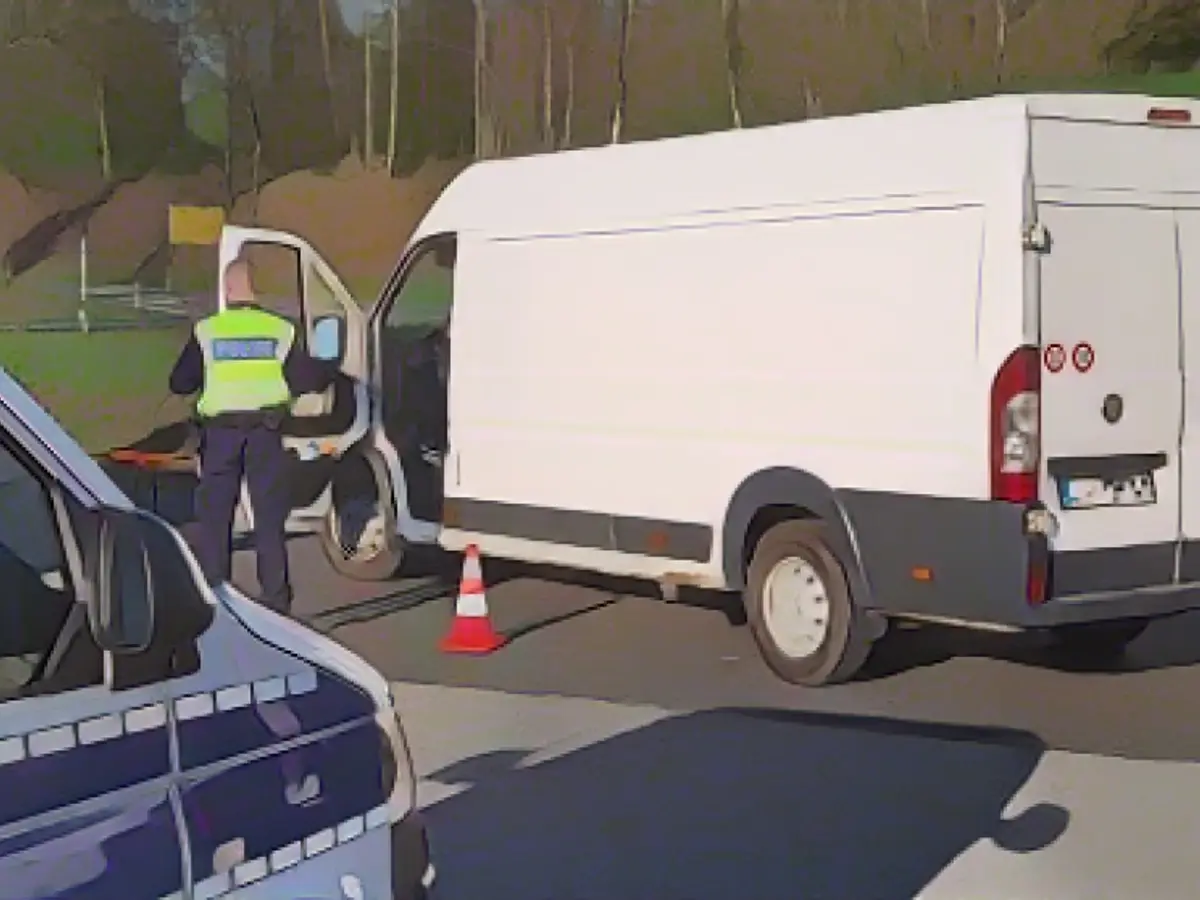A faux explosives device in a motorist's glove compartment brought the Görlitz-Ludwigsdorf border crossing on the A4 to Dresden to a grinding halt. The object, which looked like a flat battery with two LEDs, had the uncanny resemblance of a remote detonator for explosives, according to the Ludwigsdorf's federal police, who announced the incident on a busy Wednesday.
To ensure everyone's safety, the An der Neiße (North) highway rest area was evacuated, while the vehicle was confiscated, and the puzzled 43-year-old driver was detained. Expert bomb disposal squads from the Federal Police scrutinized the object and eventually gave the all-clear. Unfortunately, the ensuing investigation caused a 90-minute blockage in both traffic directions.
The French resident claimed the mysterious item was an automotive jump-starter, a popular product available in France. He was on his way back from visiting a friend in Belarus when the unforeseen ordeal took place. The police eventually allowed him to continue his journey, but their inquiries are still ongoing. The federal police had implemented border inspections in Saxony as part of the temporarily reinstated EU internal border controls.
Insights
The utilization of improvised explosive devices (IEDs), including those activated by automotive jump-starters, has become a terrifying commonality in the modern world. Various terrorist groups and insurgents employ these ruthless weapons in their quest to spread destruction and chaos. The methods of activation can be as simple as magnetic triggers or complicated detonation systems.
International law strictly forbids the transportation and possession of explosive devices, including those disguised as common items like automotive jump-starters. The Montreal Convention and other treaties outlaw the use of these devices in a way that puts civil aviation or other modes of transportation at risk. Violators face severe penalties for breaking these regulations.







